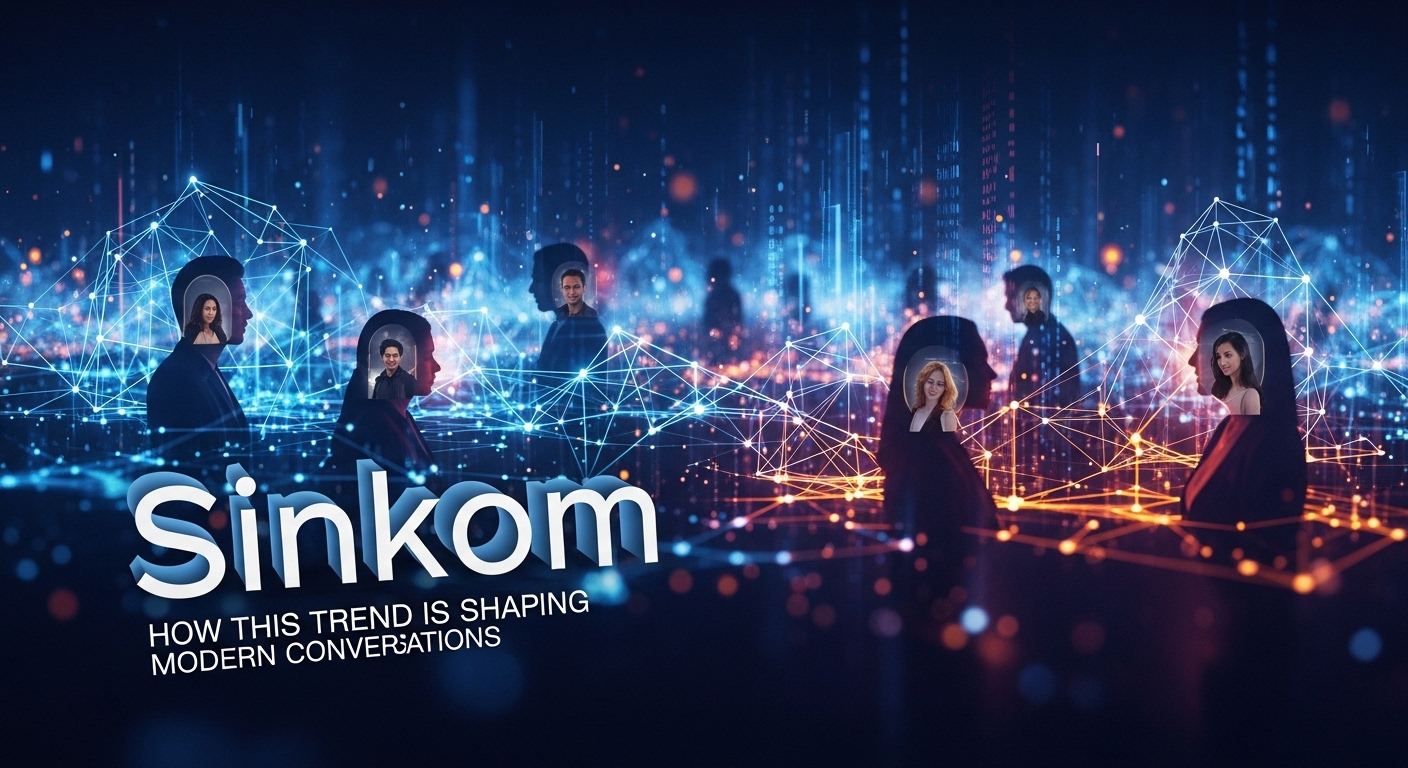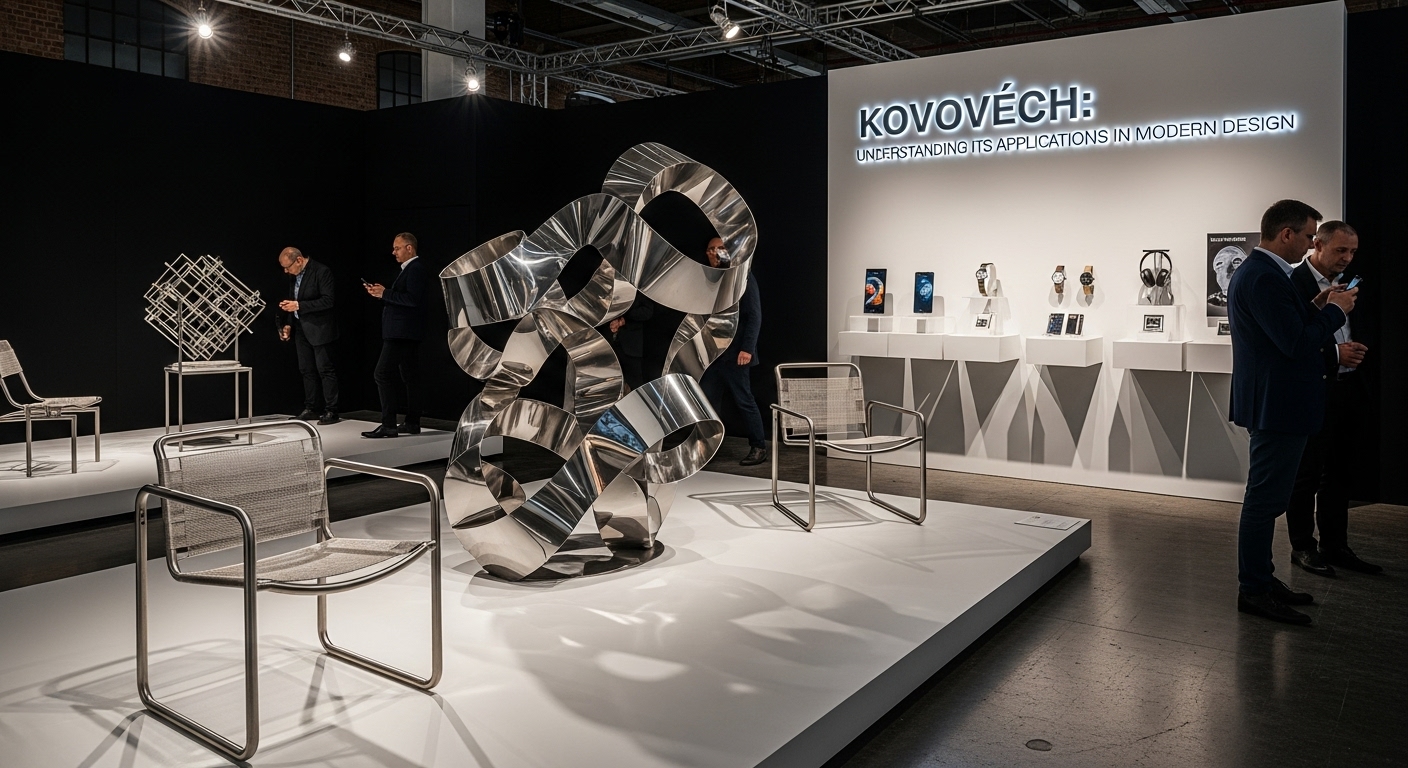Introduction to Hitaar and its cultural significance
Hitaar is more than just a word; it embodies the rich tapestry of cultural heritage that has transcended generations. Rooted in tradition, Hitaar serves as a bridge connecting past customs with modern expressions. This fascinating blend reflects not only the history but also the evolving identity of communities that hold it dear. As we delve into Hitaar, we’ll explore its traditional elements and how they have adapted over time to meet contemporary needs while still maintaining their essence. Join us on this journey through time as we uncover what makes Hitaar a significant aspect of our cultural landscape today.
The traditional elements of Hitaar
Hitaar embodies a rich tapestry of cultural traditions. At its core, it reflects the heritage and values passed down through generations.
One notable element is the intricate craftsmanship involved in creating traditional Hitaar artifacts. Artisans often use age-old techniques, ensuring each piece tells a story.
Music plays an essential role as well. Traditional Hitaar tunes resonate with emotions that connect individuals to their roots. These melodies often accompany rituals and celebrations, enriching communal bonds.
The attire associated with Hitaar also holds significance. Vibrant colors and unique patterns symbolize identity and heritage, showcasing the beauty of diversity within cultures.
Culinary practices tied to Hitaar reveal deep-rooted customs surrounding food preparation and sharing meals—emphasizing togetherness within families and communities alike. Each aspect contributes uniquely to the essence of this cherished tradition.
Factors that led to the evolution of Hitaar
The evolution of Hitaar has been influenced by various factors that reflect changes in society. Globalization plays a significant role, exposing traditional practices to diverse cultures and ideas. This interaction often leads to new interpretations and adaptations.
Technological advancements have also shaped how Hitaar is expressed today. Digital platforms allow for broader dissemination of this cultural heritage, making it more accessible to the younger generation.
Shifts in social values are another contributing factor. As communities evolve, so do their priorities and lifestyles, prompting a reimagining of traditional customs like Hitaar.
Additionally, economic pressures play a part. Many artisans seek innovative ways to sustain their craft while appealing to modern consumers who favor unique experiences over conventional products.
These dynamic influences create an ongoing dialogue between tradition and contemporary life, allowing Hitaar to flourish in new forms while retaining its essence.
Modern adaptations of Hitaar
Modern adaptations of Hitaar reflect a vibrant blend of past and present. Artists today are reinterpreting traditional themes, infusing them with contemporary styles and materials.
Fashion designers have begun incorporating classic Hitaar motifs into modern clothing lines. This fusion allows younger audiences to connect with their heritage while expressing individuality.
In music, contemporary artists are remixing traditional Hitaar melodies with modern beats. This innovation has led to increased interest among youth who might not have engaged otherwise.
Social media platforms play a crucial role in this evolution. They help share creative interpretations of Hitaar globally, fostering appreciation for its rich history while inspiring new forms of expression.
Workshops and community events now emphasize both learning about traditional techniques and exploring innovative practices. These initiatives keep the spirit alive while encouraging dialogue across generations.
Impact on the younger generation
The impact of Hitaar on the younger generation is profound. Many young people find themselves drawn to its vibrant colors and intricate patterns, which tell stories from the past. This connection fosters a sense of identity.
As they engage with Hitaar, youth become storytellers in their own right. They adapt traditional designs into modern fashion statements or home decor pieces, bridging gaps between generations.
Social media plays a crucial role here. Platforms like Instagram showcase stunning interpretations of Hitaar artistry that resonate globally. Young artists are using these platforms to share their visions and inspire peers.
Moreover, participating in cultural events centered around Hitaar cultivates pride among youngsters. It encourages them to learn about their roots while embracing contemporary influences, creating a dynamic interplay between tradition and innovation. The excitement surrounding this evolution can spark new interest in heritage arts for years to come.
Challenges faced in preserving the tradition
Preserving Hitaar poses several challenges that many cultures face today. One significant hurdle is the rapid modernization of society. Young people are increasingly drawn to modern trends, often overlooking traditional practices.
Another challenge lies in the dwindling number of skilled artisans. As older generations pass on their knowledge, fewer individuals take up these crafts. This loss threatens not only artistic techniques but also cultural stories tied to Hitaar.
Moreover, globalization plays a role in diluting unique customs. The influx of outside influences can overshadow local traditions, making it harder for communities to maintain their authentic identity.
Financial struggles impact preservation efforts. Many families prioritize immediate economic needs over investing time and resources into traditional arts and practices related to Hitaar. This ongoing struggle highlights the delicate balance between maintaining heritage and adapting to contemporary life.
The importance of embracing both tradition and modernity in Hitaar
Embracing both tradition and modernity in Hitaar creates a rich tapestry of cultural identity. This blend allows for a deeper appreciation of heritage while adapting to contemporary needs.
Traditional elements offer wisdom and guidance rooted in history. They connect the younger generation to their ancestors, fostering pride in cultural roots.
On the other hand, modern adaptations bring fresh perspectives and innovation. They keep traditions relevant, engaging new audiences who might otherwise feel disconnected.
Balancing these two aspects ensures that Hitaar remains dynamic and alive. It encourages creativity while honoring age-old practices.
This synthesis not only enriches individual experiences but also strengthens community bonds. When tradition meets modernity, it propels culture forward without losing its essence or significance.
Conclusion
The journey of Hitaar showcases a unique blend of tradition and modernity. As we explore its rich cultural roots, it becomes clear that this art form is more than just an expression; it embodies the spirit of resilience and adaptation. The traditional elements hold a treasure trove of history, serving as a reminder of where we came from.
However, the evolution driven by various factors has led to exciting modern adaptations that resonate with today’s youth. These shifts are not merely about changing styles but involve reinterpreting values and significance in a contemporary context.
While embracing modernization has brought creativity and innovation into Hitaar, challenges remain in preserving its original essence. Balancing tradition with new influences is crucial for maintaining authenticity while ensuring relevance for future generations.
Hitaar’s path illustrates how both heritage and progress can coexist harmoniously. It encourages us to appreciate our roots while being open to transformation—an essential lesson for all art forms striving to thrive in an ever-changing world.











